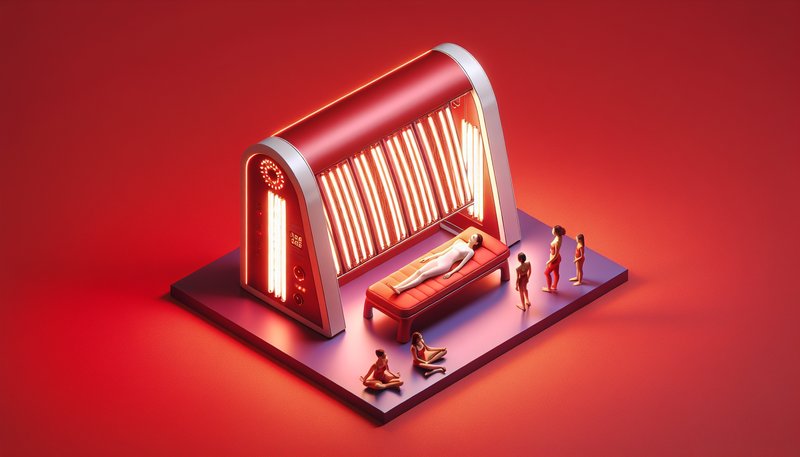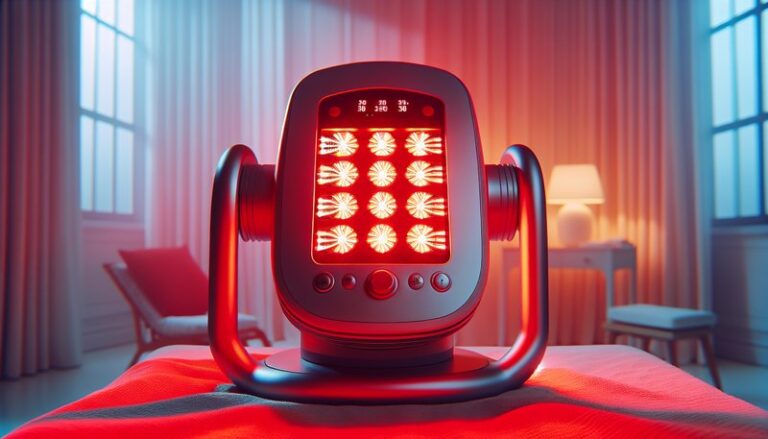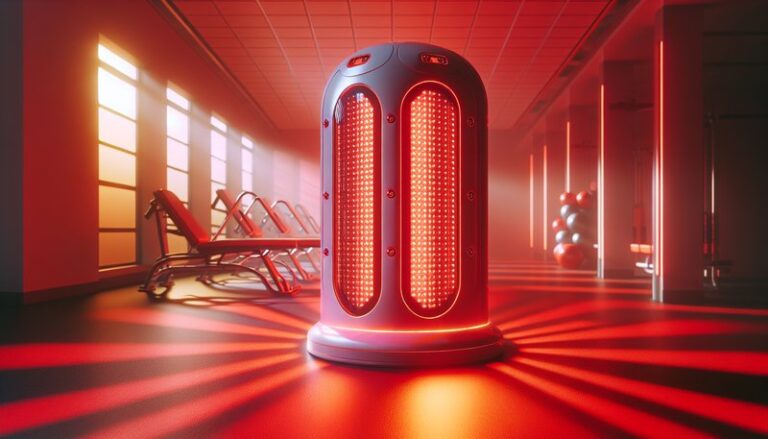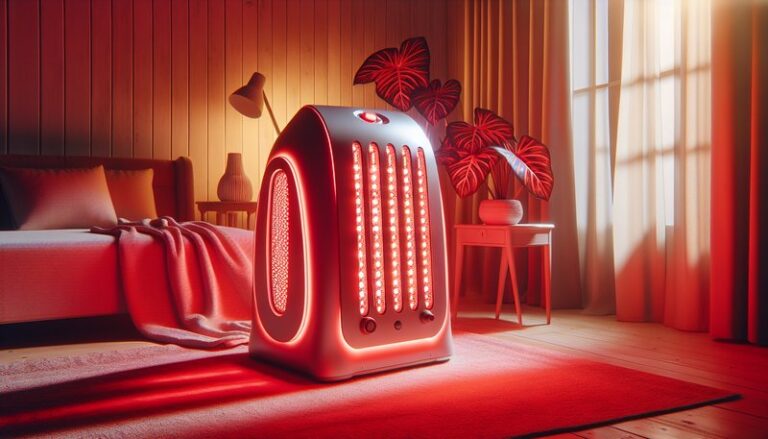Do Red Light Therapy Beds Tan You?
Have you ever considered how red light therapy beds work and whether they can give you a tan? This article delves into red light therapy, clarifying its effects on the skin, and exploring commonly held misconceptions regarding tanning and these innovative beds.
Red light therapy has gained traction as a wellness trend, promising benefits such as improved skin health and enhanced recovery. However, when it comes to tanning, there exists a significant understanding gap. We will explore the true effects of red light therapy and help you understand what you can expect from these devices.
Key Takeaways
- Red light therapy beds do not tan the skin like traditional tanning beds.
- Their primary function is to promote cellular repair and reduce inflammation, not to increase melanin production.
- Users can experience other health benefits, such as improved skin texture and reduced pain, without worrying about UV exposure.
What is Red Light Therapy?
Red light therapy, sometimes known as low-level laser therapy (LLLT) or photobiomodulation, uses specific wavelengths of light to promote healing and cellular repair. The light penetrates the skin to stimulate the mitochondria in cells, leading to increased energy production, which aids in repairing tissue and reducing inflammation.
Red light therapy is employed for various purposes, including wound healing, skin rejuvenation, and muscle recovery. Unlike traditional tanning processes, red light therapy does not involve ultraviolet (UV) radiation, which is responsible for tanning and can lead to skin damage over time.
What are the Benefits of Red Light Therapy?
Red light therapy boasts a range of benefits that can improve your overall health and skin condition. Below are some of the most notable advantages:
Enhances Skin Health
Red light therapy promotes collagen production, which can improve skin elasticity and reduce wrinkles. It may also help in treating conditions like acne and psoriasis, resulting in a clearer complexion.
Speeds Up Muscle Recovery
Athletes often use red light therapy to speed up the recovery of sore muscles and injuries. The increased ATP production from the therapy helps reduce inflammation and alleviate pain more quickly than traditional recovery methods.
Improves Mood and Sleep Quality
Exposure to red light can help regulate circadian rhythms and improve sleep quality. By enhancing melatonin production, it can also help combat mood disorders, providing a serene mental state.
Supports Weight Loss
Some studies suggest that red light therapy may help in fat loss by stimulating adipocyte (fat cell) metabolism. This can be a complementary method when combined with diet and exercise efforts.
Is it Possible to Tan with Red Light Therapy Beds?
The simple answer is no; red light therapy beds do not tan the skin. The technology used in these treatments focuses on delivering red and near-infrared light, which lacks the UV radiation responsible for triggering melanin production, the pigment that causes skin tanning.
What are the Advantages of Understanding This?
Being informed about the differences between red light therapy and UV tanning can illuminate your choices for skin care, ensuring that you opt for safe and effective methods suited to your individual health needs.
What are the Disadvantages of Confusing Them?
Misunderstanding the capabilities of red light therapy may lead to unrealistic expectations—from seeking a tan to using it as a substitute for traditional tanning methods. This can negate the specific skin health benefits that red light therapy can provide.
For the full details, see Red Light Therapy Duration for Face
What are the Things to Consider Before Using Red Light Therapy Beds?
Before diving into red light therapy, it’s essential to understand key considerations to maximize benefits and ensure safety.
Skin Type Sensitivity
Individuals with certain skin conditions or sensitivities should consult a dermatologist before beginning red light therapy, as results can vary widely by individual.
Treatment Duration and Frequency
Each therapy session’s length and frequency can affect outcomes. It’s important to follow the recommended guidelines or seek professional advice to achieve optimal results.
Equipment Quality
Not all red light therapy devices are created equal. Ensure you’re using a high-quality machine with clinically proven efficacy for the best results.
What are the Alternatives to Red Light Therapy?
For those seeking skin and health benefits, a variety of alternatives exist:
UV Tanning Beds
While they can produce a tan by stimulating melanin production, it’s crucial to be aware of the risks of UV exposure, including increased chances of skin cancer and premature aging.
Self-Tanning Products
These products can provide an instant tan without UV exposure. Options range from lotions to sprays, allowing for a customizable, sun-kissed glow without health risks.
Sun Exposure
Moderate sun exposure can provide a tan, but be mindful of using sunscreen to protect your skin from harmful UV rays, which can lead to skin damage over time.
Conclusion: Is it Recommended to Use Red Light Therapy Beds?
Red light therapy beds can be a beneficial addition to your wellness routine, offering numerous health and skincare benefits without the harmful effects of UV light. However, if your goal is to achieve a tan, you’ll need to look elsewhere, as these beds do not facilitate tanning. Always consult with a professional to determine the right approach for your skin type and desired outcomes.
Learn the whole story Effects of Full Body Red Light Therapy
Frequently Asked Questions
Can I use red light therapy for skin conditions?
Yes, red light therapy is often used to treat various skin conditions, including acne, eczema, and rosacea, by promoting healing and reducing inflammation.
How often should I use red light therapy?
Typically, sessions can range from 10 to 30 minutes, several times a week. However, it’s best to follow a specific regimen tailored to your needs and advised by a professional.
Is red light therapy safe?
Red light therapy is generally considered safe for most individuals. However, users should consult with a healthcare professional, especially if they have underlying health concerns or sensitivities.
Can anyone benefit from red light therapy?
While most individuals can benefit from red light therapy, those with specific medical conditions or skin sensitivities should consult a healthcare provider to determine suitability.
How quickly can I expect results from red light therapy?
Some users report noticeable improvements within a few sessions, but optimal results often take several weeks of consistent use, depending on the desired effects and individual responses.






